109 Ways Silicon Completely Rules Every Part of Your Life
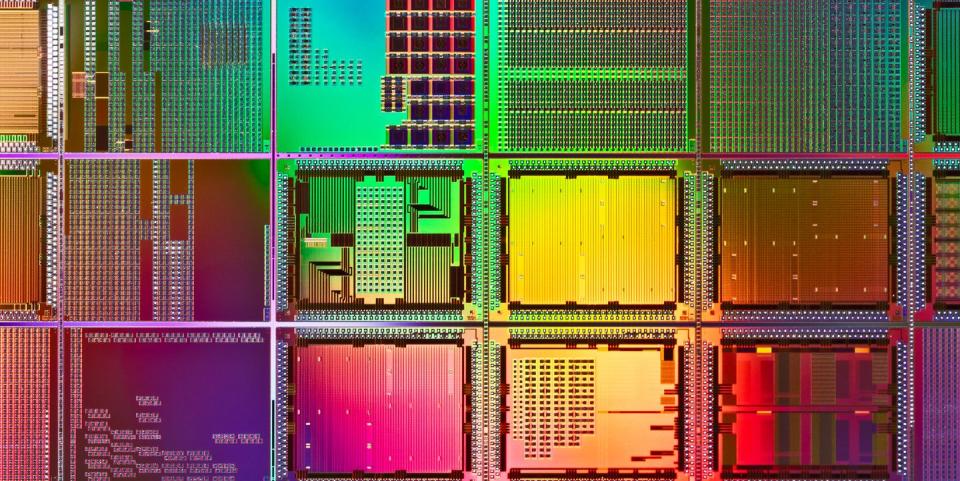
Silicon defines the history of civilization. Humanity's earliest surviving records are cast in it, and your most recent TikToks are protected by it. It's present amid every major technological leap, but it's not alone. As an element, silicon can't be naturally isolated. Its high reactivity with oxygen urges it to form compounds, including silicates (like clay) and silica (like quartz). As a metalloid, silicon behaves like both metals and nonmetals. Like metals, it’s solid at room temperature and a middling conductor of electricity (hence semiconductors), but it reacts chemically more like nonmetals. Silicon combines with other metals to form alloys like ferro-silicon, found in engine parts, and to deoxidize steel to make it stronger, more conductive, and more weldable.
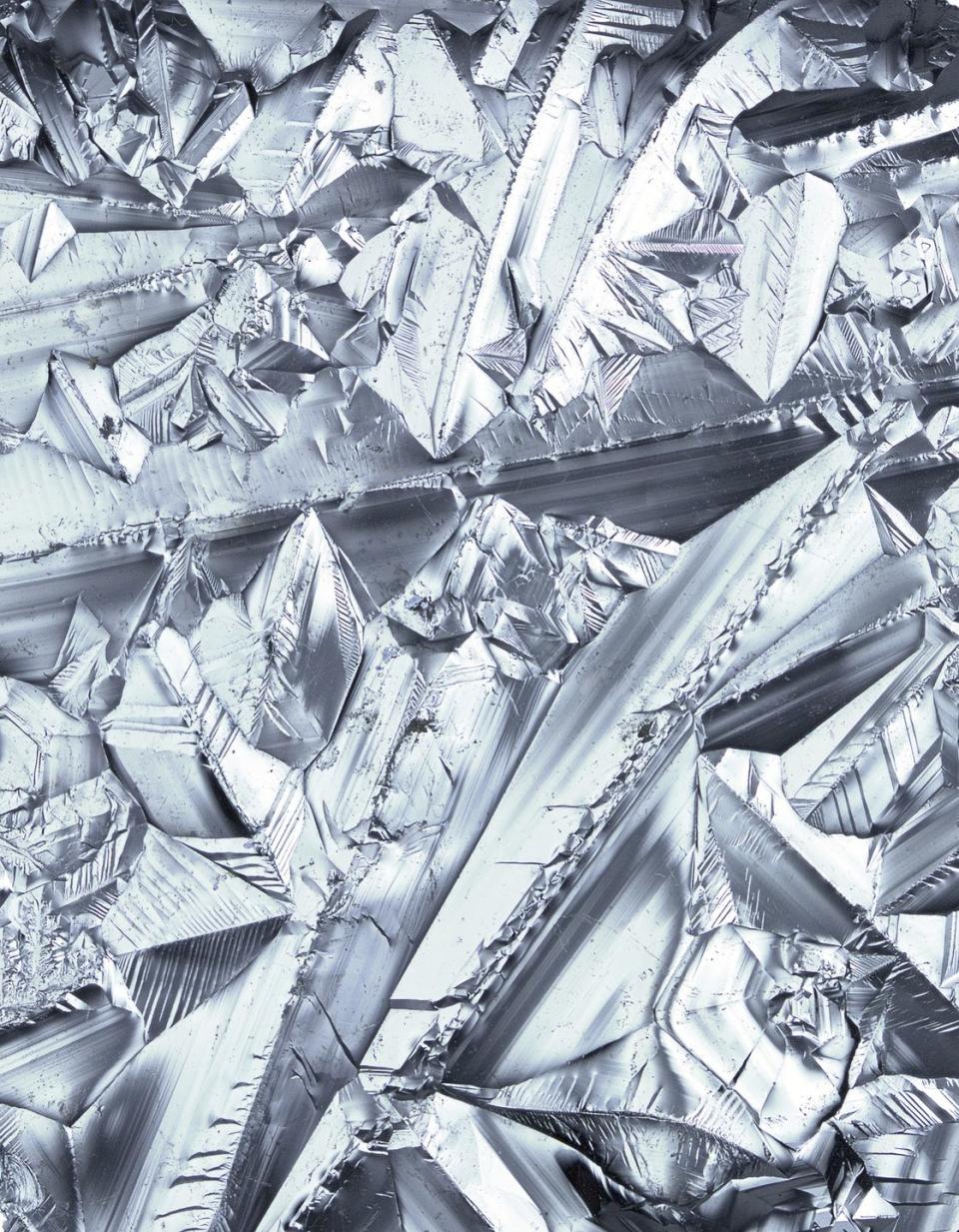
“The fundamental properties of silicon are heavily amenable to change under a variety of processes both naturally occurring or in the laboratory,” notes Munir Nayfeh, Ph.D., professor of physics at University of Illinois Urbana-Champaign. “This has made silicon useful in diverse fields across history.”

Clay and Glass
Silicon is the second-most abundant element in the earth’s crust (28 percent of its overall makeup), so it bears to reason it’s been present in many of humankind’s milestone technologies. Take clay, for instance, which forms when chemical weathering reduces aluminum silicate minerals to aluminum and silicon oxides. The crystalline structure of these oxides traps water, making the material malleable until intense heat vaporizes the water and hardens the clay.
Neolithic humans shaped local varieties of clay into pots and fired them into vessels for storage, but clay carried knowledge for ancient civilizations, too. As early as 7500 BCE, Mesopotamians used clay tokens to count trade goods, and by 3200 BCE, the Sumerians were making cuneiform tablets from clay. In the East, porcelain flourished during China’s Han dynasty, its pure white surface (thanks to a high percentage of the mineral kaolin) ideal for painting and other embellishments. In the 17th century, maritime trade took porcelain from Asia to Europe, where it became a fashionable material fad.
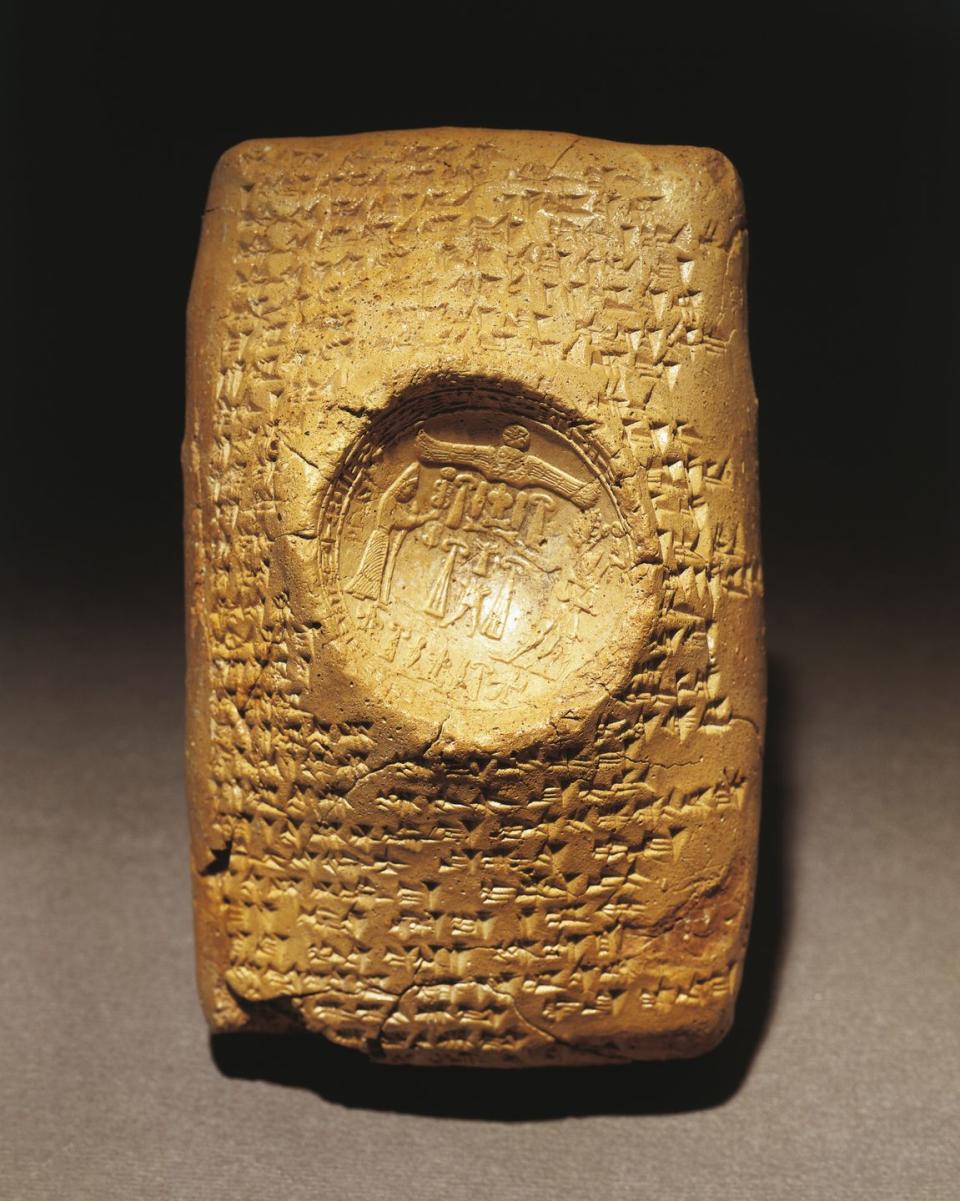
“Chinese ceramics caused a furor when they began to appear around the world,” says Denis Leidy, Ph.D., the Ruth and Bruce Dayton Curator of Asian Art at the Council on East Asian Studies at Yale University. “Because the porcelain body—a combination of kaolin and petuntse—fused with the covering glaze during firing, porcelains were stronger and more hygienic than other clay vessels.” Today, porcelain’s proliferation in the West remains evident in the use of the word ‘china’ as a synonym for porcelain, Leidy adds.
In construction, clay bricks have bolstered outdoor projects and elevated the rent of trendy lofts seemingly for millennia, but silicon is also a key element in modern concrete. Specifically, silicates are present in Portland cement (the most common cement in the world), and when combined with aggregates like sand (more silicon!), we have concrete. Portland cement dates back to 1824, and it’s used in most of the 10 billion tons of concrete produced annually worldwide today.
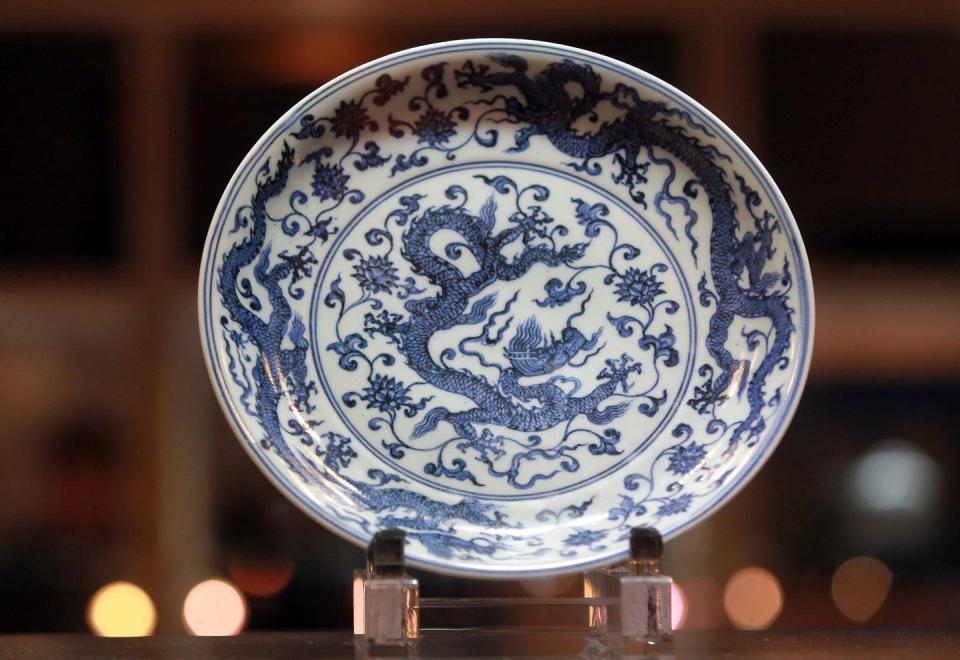
Glass, meanwhile, is formed of the compound silica, also known as silicon dioxide. Humans began producing glass pendants and beads in Eastern Mesopotamia around 2500 BC, and as early as the eighth century, the Egyptians and Syrians were painting their glassware dishes and vases with transparent stains colored with copper and silver. The Roman Empire became a center of glassmaking by the beginning of the second millennium, and 15th-century glass blower Angelo Barovier elevated the Venetian glass industry when he invented clear cristallo glass by bleaching the quartz-derived material with manganese dioxide. Silica is found naturally as quartz, and when weathered down to granular form, it’s the most common constituent of sand in much of the world (though white sandy beaches are more concentrated with calcium carbonate, hence their cleaner color).

Computing
It took millennia for silicon to cement its place in the bedrock of civilization (pun well intended), but in the past 60 years or so, rapid innovations in silicon have allowed the computing industry to revolutionize society in a fraction of the time.
In 1946, after Bletchley Park’s room-sized Colossus machines helped crack German codes and win World War II, America unveiled its successor—the Electronic Numerical Integrator and Computer. ENIAC was revolutionary, solving differential equations in seconds, but it required a classroom-size space, 18,000 vacuum tubes (at least a handful of which would burn out every week), and an operating staff of 50 people.
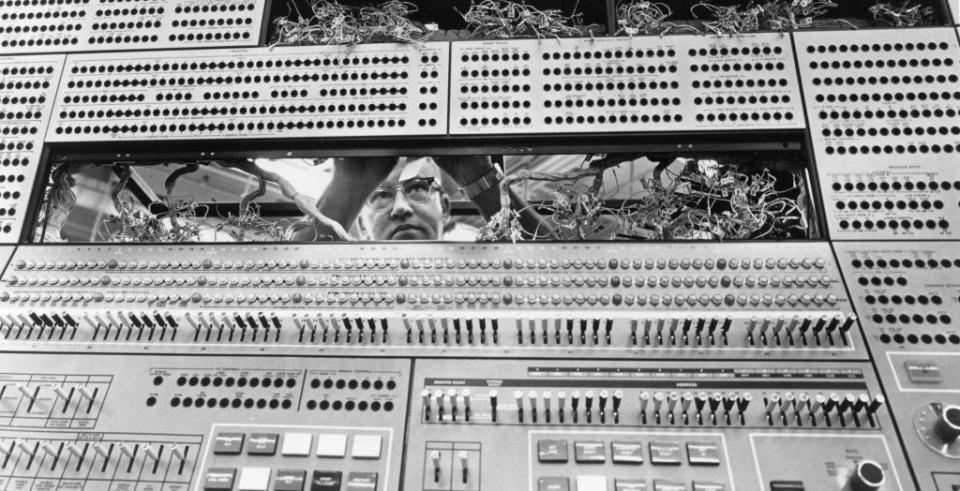
The tempestuous vacuum tubes required a more reliable replacement. The first acknowledged point-contact transistor emerged in the late 1940s, but when M.M. Atalla and assistant Dawon Kahng built the first metal oxide semiconductor transistor in 1960, it kicked off a research race among Bell Labs, RCA’s Electronics Research Lab, IBM, Philips, and Fairchild Semiconductor that lasted the better part of the 1960s. Collectively, their efforts honed the metal-oxide-semiconductor field-effect transistor (MOSFET, typically shortened to MOS), the silicon-based unit that still powers modern computing advancements.
The original transistors used semiconductors made from germanium, but the industry widely transitioned to silicon for its ability to handle very high temperatures, its protection from corrosion when lined with a layer of silicon dioxide, and quite simply, its ubiquity: In the earth’s crust, germanium appears in around 1.5 parts per million (ppm) by weight, while silicon appears in around 282,000 ppm by weight.
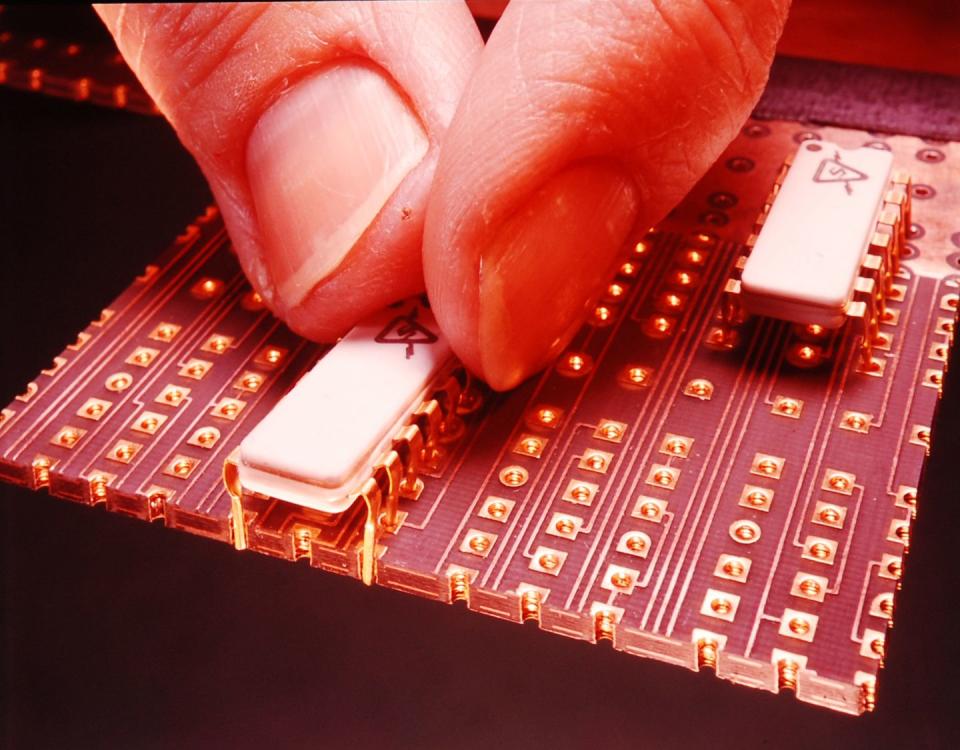
By the end of the 1960s, MOSFETs were compounded so much they lead to the development of the MOS integrated circuit, and Moore’s Law, which says the amount of transistors in an IC will double about every two years, indicated MOSFETs had a near-limitless potential. Intel and Micron emerged, and since then, humans have made more MOSFETs than any other artifact in our species’ history—over 13 sextillion, or 13 followed by 21 zeroes. By comparison, we’ve made “only” 200 billion compact discs.
“It is hard to overestimate the proliferation of silicon transistors,” says David C. Brock, director and curator of the Software History Center at the Computer HIstory Museum.”It is literally harder to buy a single functional silicon transistor today than it is to pick up several billion at CVS in the form of a USB memory stick. At the same time, silicon transistors are the cheapest object ever made by humans, costing billionths of a dollar to produce, perhaps less than a nanocent.”

Semiconductors and Smartphones
The MOSFET revolution latched our future to mass computation and pioneered our digital lives as we know them today, but that’s not the end of the silicon story. The variable element was put to even more diverse use throughout the 20th century.
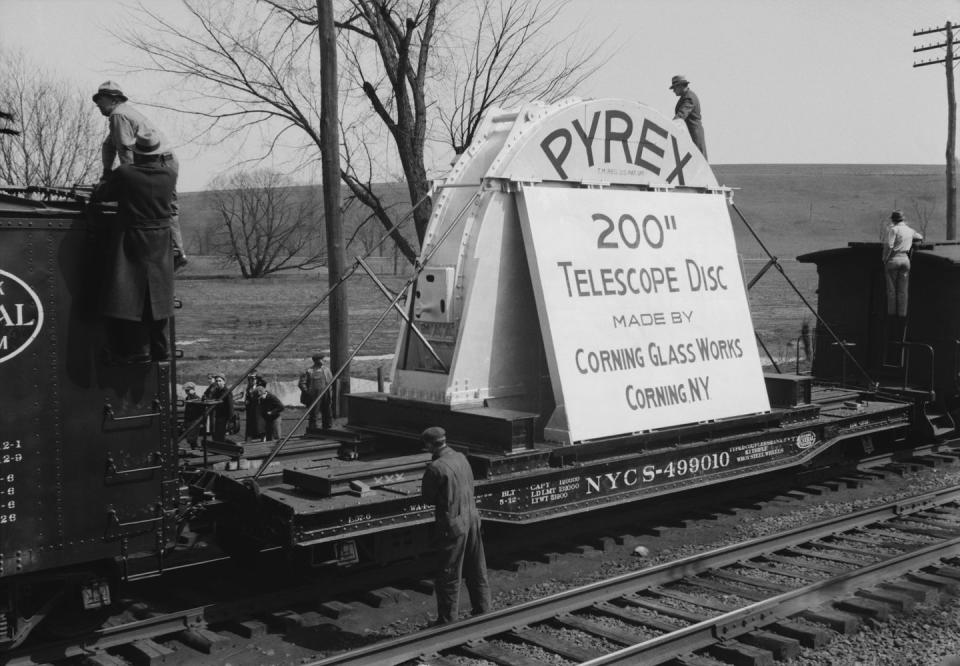
In 1915, the Corning Glass Company debuted a line of borosilicate-glass kitchenware (this combined boron trioxide with silica-made glass, making the glass more resistant to thermal shock and stress) that would garner a reputation for serious durability: Pyrex. The product earned Corning so much respect they were contracted in 1929 to build a 200-inch Pyrex lens for the Hale telescope at the San Diego-based Palomar Observatory. The 14.5-ton lens, fired in the oven for a month and set to cool for 10 months, was fully installed in 1948, and it made Hale the largest effective telescope in the world for over 25 years.
Another of Corning’s significant glass products was Gorilla Glass. Derived from a 1960s formula for impact-resistant glass that Corning intended for everything from windshields to phone booths, Gorilla Glass has notably shielded every iteration of the iPhone since the original in 2007. It’s the gold standard for smartphones, and even Android has acquired its defenses. Heck, there’s a good chance you’re reading this sentence through Gorilla Glass right now.
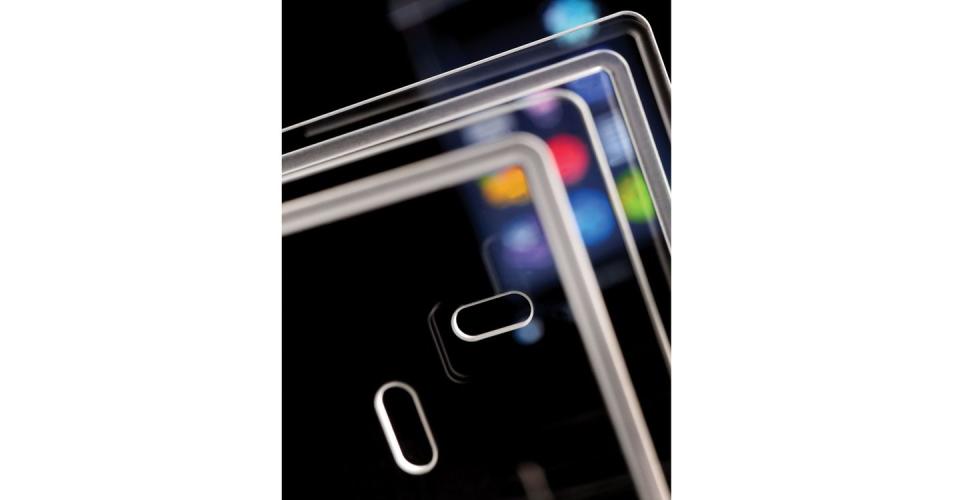
Elsewhere, you’ll find silicon in synthetically-produced silicone. That means auto lubricants, your engine’s rubber gaskets, the ice cube trays in your freezer, and the caulk in your bathroom are all made from silicon. Silicone insulates an orbiting satellite’s electrical components from mechanical and electrical shock, and the material’s permeability, chemical inertness, and thermal stability make it safe to use atop and inside the human body—implants, contact lenses, even shampoos. Aquarium tanks would leak without silicone sealant, kitchen utensils would stick to everything, and Silly Putty would be a Silly Rock—no trademark goopy flow.

A Silicon Future
Silicon has a bright future. Scientists are making efforts right now to break through the element’s physical limitations in modern computing—we can’t fit many more transistors on an IC. The solution might be to go small, beyond small, to the point where quantum mechanics come into play. It could pave the way for quantum computing.
“In quantum computers, nothing moves,” Nayfeh says. “We’d only monitor the state of an electron spin or the direction of a supercurrent to store information.”
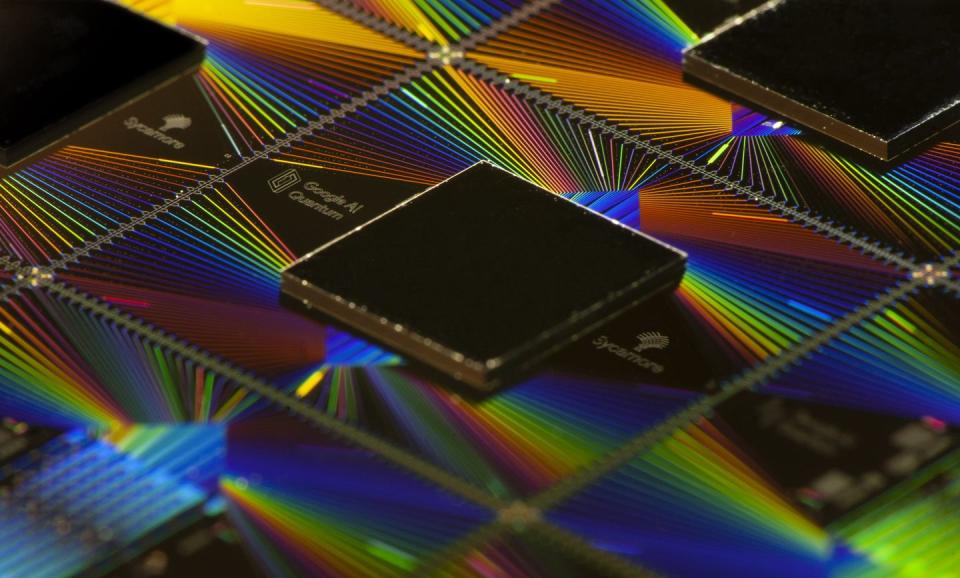
In place of traditional silicon transistors, quantum computers would use “artificial atoms” of silicon-metal elements to form a nanoscale resonating circuit. This circuit could be etched into a silicon microchip, that when cooled to near absolute zero, becomes a hyperfast, almost lossless superconductor.
These quantum computers could solve problems too complex, even downright impractical, for classical computers. In 2019, a Google-created 54-qubit quantum computer system called Sycamore performed a calculation that the world’s fastest supercomputer (it’s estimated) would’ve taken 10,000 years to compute. Sycamore needed just 200 seconds. Enticing, but we’re still far from a commercial unit. Qubits are too sensitive to remain stable for long, and minute variations in heat or vibration throw them out of operation.
But Nayfeh’s research resulted in a new form of silicon that exists between solid and atomistic states. These luminescent particles are just 1 nm in diameter, and we could potentially use them in photovoltaics (turning light into electricity), biofuel cell technology, single-electron digital transistors, or cancer research. These silicon particles could attach to DNA molecules, or viruses, to help detect and treat diseases. Pie-in-the-sky applications? Maybe, but silicon has the versatility and malleability to subvert our expectations, just as it has for thousands of years already.
You Might Also Like

 Yahoo Finance
Yahoo Finance 